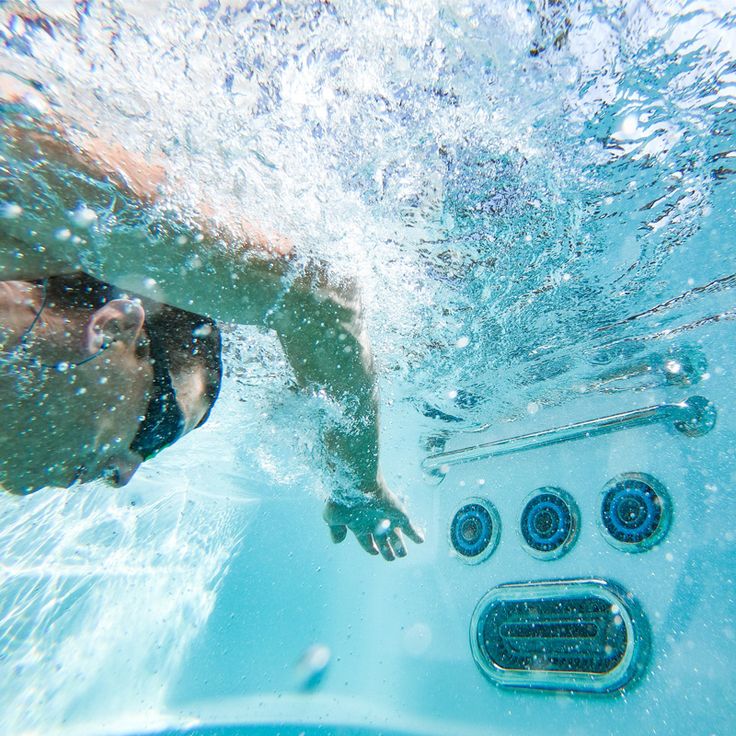
You want a pool you can actually train in. Not just splash around. Two options keep popping up. Traditional pools fitted with swim jets. Self-contained systems like Endless Pools with built-in propulsion. Both promise a strong current and a solid workout. They achieve it in very different ways. This guide breaks down how each works, where each shines, and how to choose the right fit for your space, goals, and budget.
How the water moves
Swim jets push water through small nozzles at the wall. Think high-velocity streams that meet your stroke at the front of the lane. The feel concentrates near the nozzles. The current diffuses as it moves away. Endless-style systems use a large intake and a broad propeller or paddle wheel to create a wide sheet of water. The flow feels smoother across your shoulders and hips. Many swimmers describe it as more “river-like.” That difference matters for body position and rhythm. Smooth flow supports technique. Jet flow builds raw resistance.
Speed range and control
Most modern swim jets offer adjustable speeds. You twist a dial or use a remote. Higher speeds deliver serious resistance for sprints. Lower speeds suit drills or recovery. Endless-style units add precise digital control. You set exact paces and repeat them reliably. Many models store workouts and intervals. That precision helps structured training. If you live by your watch and love repeatable splits, fine-grain control feels great. If you prefer to swim by feel, a jet system still works. You get plenty of resistance without chasing numbers.
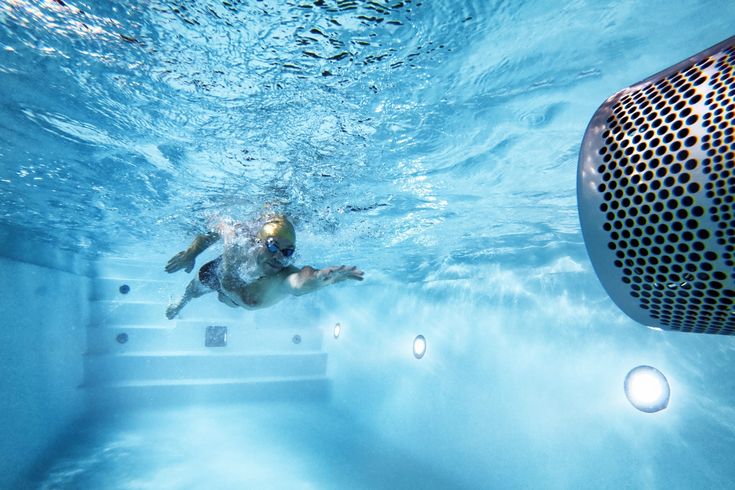
Stroke feel and form feedback
Flow quality shapes your stroke. Narrow jets can push your hands wide or bounce your head if you drift too close. You adapt with small corrections. That can be useful for strength. It teaches you to hold your line. A broad propulsion current makes balance easier. You lie flatter. Your catch feels cleaner. Endless-style units also pair well with mirrors and underwater cameras. You can study body position in real time. Technique-focused athletes and coaches value that setup. Triathletes chasing economy often prefer the smoother sheet of water. Sprinters who want a fight against the current may enjoy jets.
Noise, installation, and maintenance
Swim jets mount into a standard pool wall during construction or as a retrofit kit. Installation is usually straightforward for builders. Pumps sit near the equipment pad. Noise depends on pump size and plumbing. Endless-style systems arrive as modular pools or as an in-ground installation with a propulsion module. The self-contained shells fit in garages, basements, patios, and small yards. Mechanical noise sits close to the swimmer since the drive unit is part of the system. Both setups require routine care. Filters need cleaning. Water chemistry still matters. Jets add little beyond your existing pool maintenance. Endless-style shells keep a smaller water volume, which can simplify chemical costs and heating.


Cost considerations
Pricing varies by brand and configuration. Swim jets are often the more budget-friendly way to turn a traditional pool into a training tool. You pay for the jet unit, installation, and stronger pumps. Endless-style pools compress a pool and a treadmill-like current into one product. The base price covers the shell, propulsion, controls, and covers. Costs climb with options like underwater mirrors, treadmills, and upgraded finishes. Think of the total cost of ownership. Heating a smaller Endless-style pool can be cheaper. Operating a large pool with jets can cost more energy over time. If you already heat a backyard pool, adding jets may be the simplest path.
Training goals and use cases
You race triathlons and want technique feedback. Endless-style flow plus mirrors supports form refinement. You can hold exact paces for aerobic sets. You can record video easily. You coach swimmers at home. The stable flow and digital controls help you test changes and track progress. You lift with your swim. Jet systems deliver punchy resistance that feels like a power set. You own a family pool and want fitness without losing play space. Jets keep the pool fun for everyone and ready for workouts in minutes. You live in a townhouse or want an indoor setup. A compact Endless-style pool makes year-round training realistic.
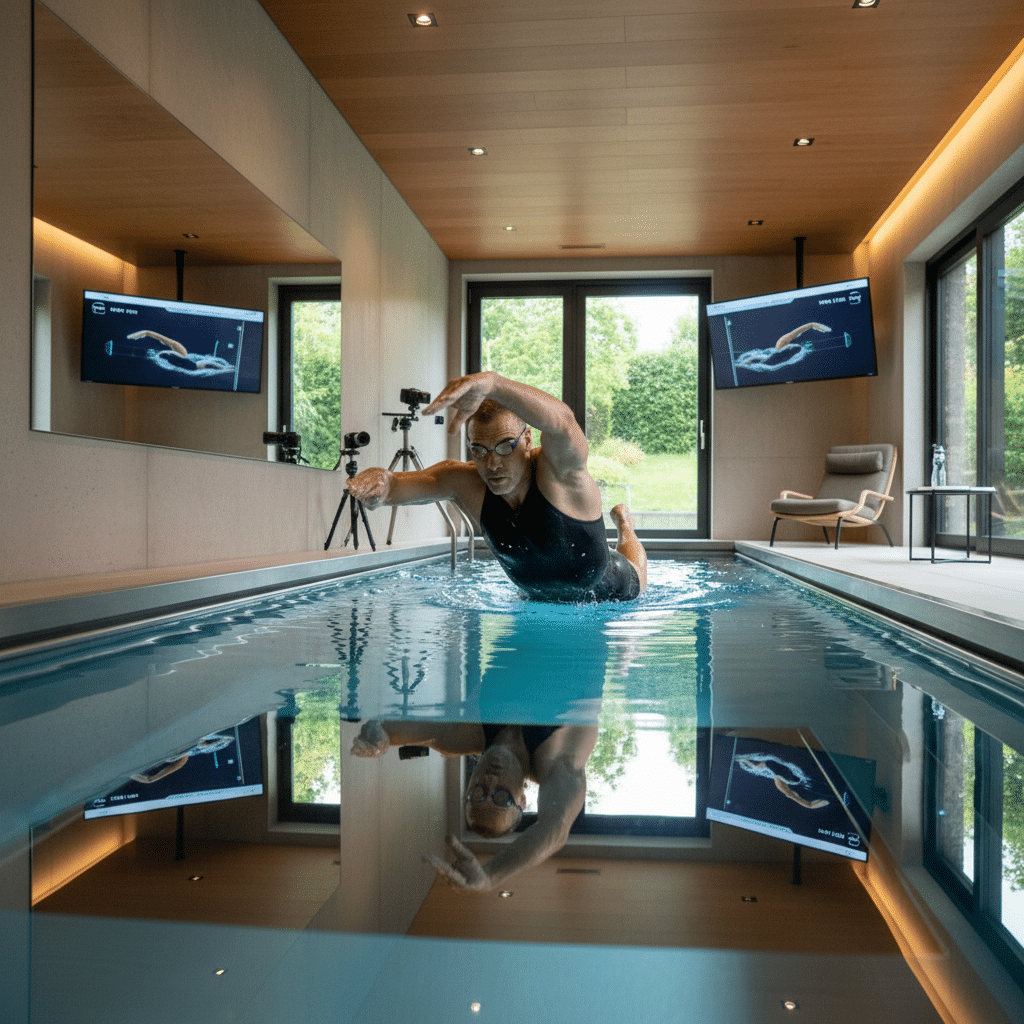
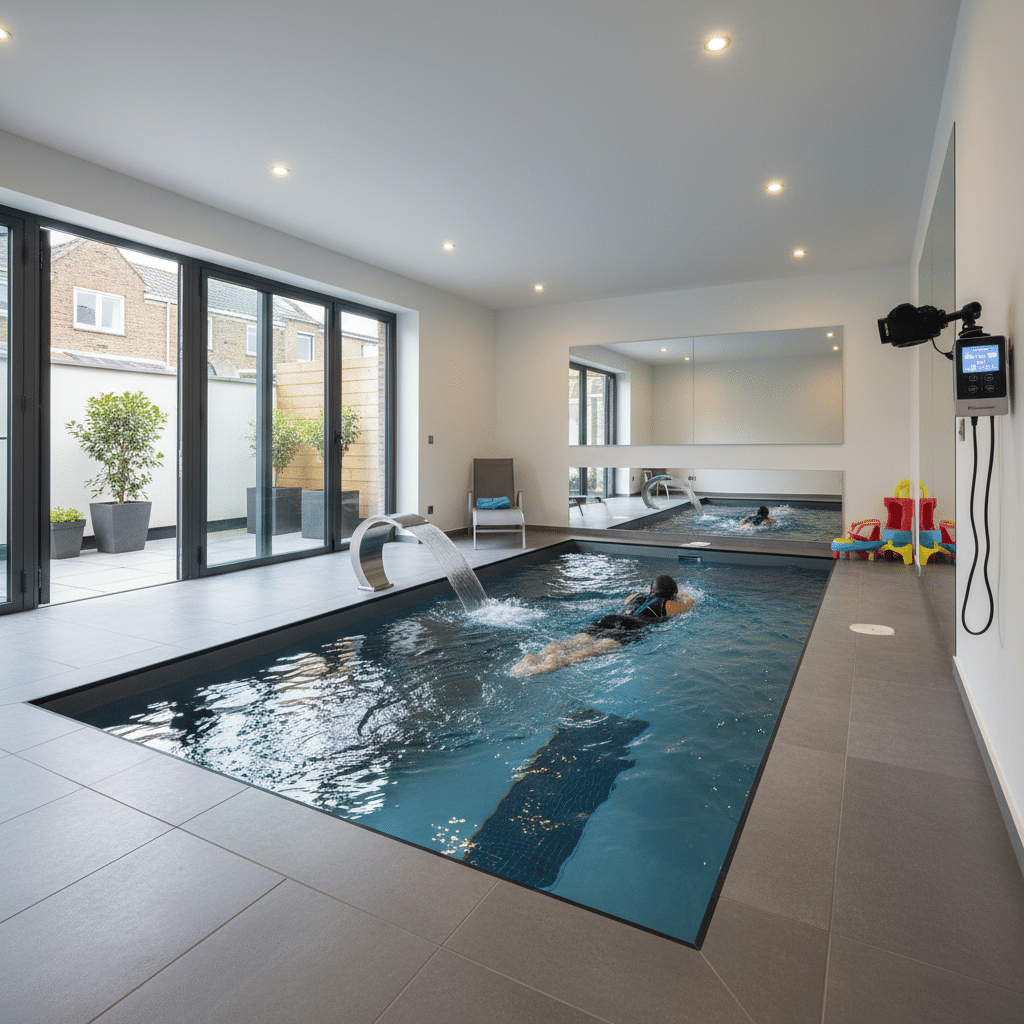
Open-water simulation
Triathletes often ask about the “real world” feel. A broad propulsion current lets you practice sighting, breathing patterns, and steady pacing. You can even add light chop with accessories in certain models. Jets produce turbulence at the wall. That turbulence trains composure under stress. It will not perfectly mimic a lake or ocean. It will teach you to keep a strong line when water gets messy. For many athletes, the best simulation is consistency. Hit repeatable sets. Hold form under fatigue. Either system supports that plan when used with intention.
Daily convenience
Convenience decides whether you swim four times a week or two. Endless-style pools heat quickly and live close to your routine if installed indoors. Short sessions happen more often. Swim jets win when you already have a backyard pool. You suit up and go. No travel. No lane reservations. Add a winter cover and a heater and you extend your season. If you crave year-round access without stepping outside, an indoor Endless-style install is hard to beat.
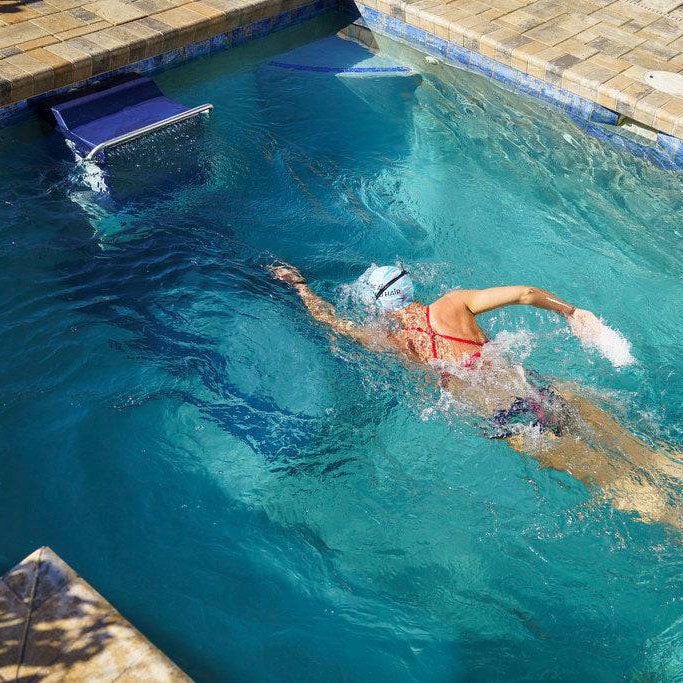
Quick decision guide
Both solutions can turn daily training from a headache into a habit. Swim jets transform a traditional pool with strong resistance and simple installation. Endless-style pools create a controlled lane with smooth flow and exact pacing in a compact footprint. If you are looking for inground pools in Houston, there are contractors who can help. Start with your space. Clarify your training goals. Add the budget reality. When those three line up, the better choice becomes obvious. Pick the system that makes you swim more often with better form. Consistent, quality yards win every time.
- 2shares
- Facebook0
- Pinterest2
- Twitter0



